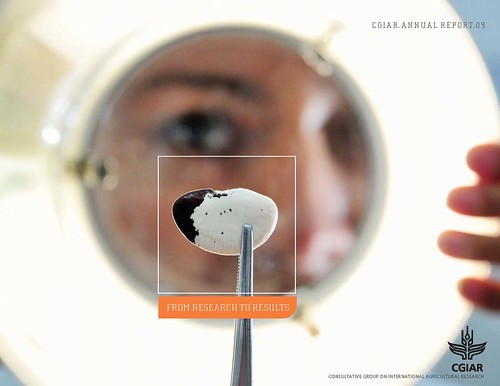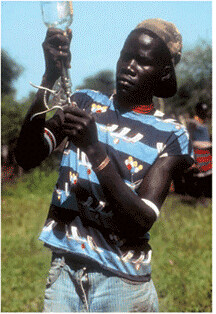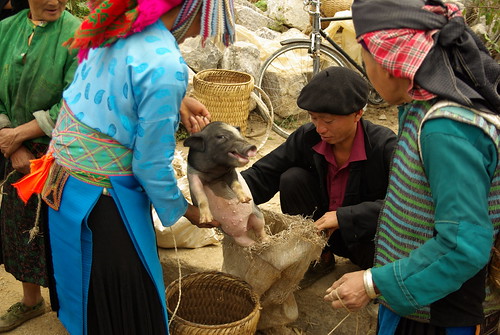Slide from ILRI presentation made at Nepal livestock and climate change workshop in October 2010: 'Adapting livestock systems to climate change in South Asia,' by Mario Herrero, Philip Thornton and Iain Wright (Graphic credit: de Jong 2005, World Bank 2005).
Participants in a workshop on livestock and climate change held last week in Kathmandu, Nepal, have called for greater collaboration in work to help Nepalese livestock producers adapt to climate change.
At the opening session of a ‘Consultative Technical Workshop on Climatic Change: Livestock Sector Vulnerability and Adaptation in Nepal’, held 28–29 October 2010, Iain Wright, regional representative for Asia at the International Livestock Research Institute (ILRI), said that the challenges of climate change in Nepal were too great for any one organization to tackle on its own.
‘Researchers’, Wright said, ‘must work more closely with governmental, non-governmental and international organizations, as well as with aid agencies and local communities, to help Nepal reduce the vulnerability of its livestock sector, and the many people who depend on it, to climate change.
Nepal, a landlocked Himalayan country with a human population 27 million, is ranked as one of the world’s poorest countries (142 of 147) by the recent Human Development Report, with one-third of the population living below the poverty line and a per capita annual income of just US$250. More than three-quarters of the population (85%) lives in rural areas and the agricultural sector employs 66% of the labour force and contributes 38% of the country’s gross domestic product.
A ‘Climate Change Vulnerability Index’ compiled by a UK-based firm, Maplecroft, has recently placed Nepal as the world’s fourth most vulnerable country to climate change, while the country produces less than 0.025% of the global greenhouse gas emissions.
Recent climate change scenarios suggest that mean temperatures in parts of Nepal are likely to rise faster than the global average, especially at higher altitudes, leading to less snow and ice. Farmers in the mountains are already feeling the effects of the higher temperatures. More climatic variability and extreme climatic events, including floods and droughts, are expected in future. Researchers anticipate an overall increase in precipitation in the region’s wet season, but a decrease in precipitation in the mid-latitude hills. Nepal’s relatively low rates of development render its population particularly vulnerable to these ongoing and future climate changes.
Nepal’s Minister for Agriculture and Cooperatives, Mrigendra K Singh Yadav, told the workshop participants that measures to adapt to climate change are necessary to protect the country’s many small-scale farmers. Tek Gurung, Director of Livestock and Fisheries with the Nepal Agricultural Research Council, called the workshop ‘a milestone’.
‘This is the first time that the main stakeholders in Nepal’s livestock development have come together with international organizations to assess the vulnerability of the livestock sector to climate change and to determine ways to increase the sector’s resilience,’ Gurung said.
‘While Nepal’s contribution to global greenhouse gas emissions is trivial’, Wright explained, ‘it is one of the countries that will be affected most by climate change. Therefore, it does not make sense for Nepal to devote its scarce resources to research on ways to mitigate the effects of agriculture on climate change.’
‘Rather’, Wright said, ‘we urgently need to develop strategies that will allow poor Nepalese farmers and herders, who are among most vulnerable people in the world, to cope with changes in climate. We know the livestock sector will be affected by these changes, but there is a dearth of information and data on exactly what those consequences will be.'
The workshop was organized by the Nepal Agricultural Research Council in partnership with ILRI; Local Initiatives for Biodiversity, Research and Development (a non-governmental organization in Nepal); and Heifer Project International–Nepal.
See the slide presentation made at the workshop by ILRI scientists Mario Herrero, Philip Thornton and Iain Wright: Adapting livestock systems to climate change in South Asia.



















